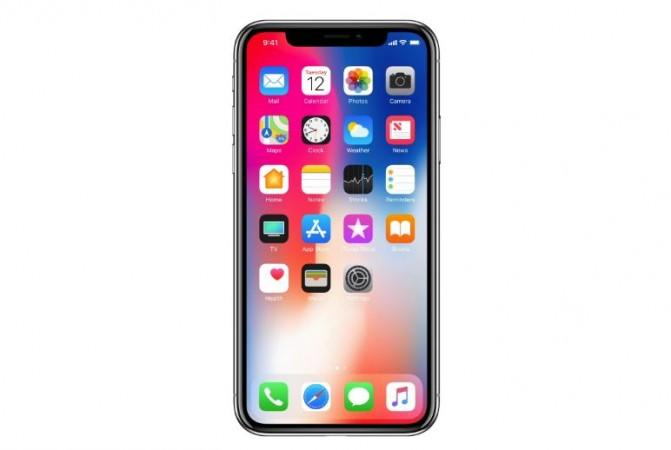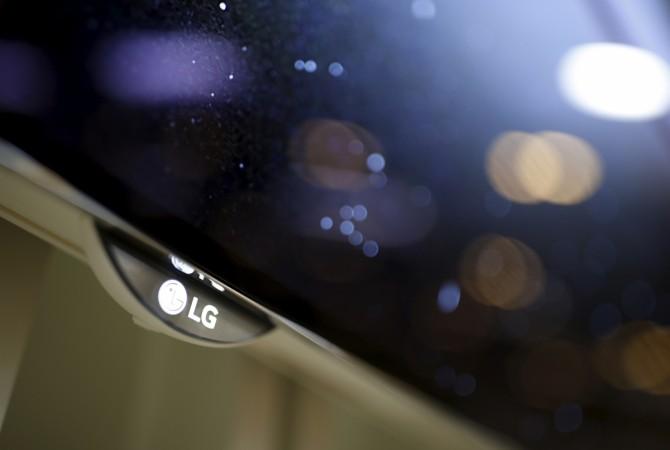Apple is more about perfecting existing technologies in smartphones than innovating new ones. But once the Cupertino-based tech giant executes any new trend, it quickly picks up the pace. Apple's decision to ditch the 3.5mm audio jack, although unwelcoming at first, was widely accepted and followed by many original equipment manufacturers (OEM). Now the iPhone-maker is setting a new trend.
Chinese smartphone makers are quite prompt on picking up the latest technologies even before the major tech giants like Apple and Samsung do. But it appears Apple has paved the way for major Chinese brands to follow its lead, even though the iPhone-maker was late to join the party.
For the first time ever, Apple opted for organic light emitting diode (OLED) display panel instead of LCD for its newly-launched iPhone X. Even though the iPhone 8 and iPhone 8 Plus use LCD display, Apple has managed to set the OLED trend in motion.

GizmoChina reported (via Business Korea) on Friday that four major Chinese brands are working with LG Display to launch OLED-powered premium smartphones next year. Huawei, OPPO, Vivo and Xiaomi have been confirmed as customers of LG Display for small and medium sized OLED panels.
As per the report, 20-30 percent of LG Display's production volume will be supplied to the aforementioned Chinese companies, which add up to about 10-15 million premium smartphones with 6-inch OLED displays next year.
LG Display currently supplies LCD panels for iPhone 8 and iPhone 8 Plus, but Apple chose Samsung Display for the OLED panels used in the iPhone X. This is the first time the iPhone-maker chose a single supplier for one of its iPhone parts.

But the OLED panels are expected to become the norm for all iPhones launching in 2018, which include iPhone X successor and iPhone 8S. But Apple is expected to partner with LG Display for its OLED panels next year, sticking to its multi-vendor strategy for key components to diversify its supplier base.
The OLED trend will continue as more and more OEMs start using the richer and clearer displays. Google is launching its new Pixel series, which is expected to boast OLED panels made by LG. The Pixel 2 and Pixel 2 XL will have full screen OLED panel as seen on LG V30, media reports suggest.
OLED vs LCD: What's the difference?
OLED panels are more efficient since they are not built on backlight. By removing the backlight, OEMs get more space as display modules become thinner, which can help in making slimmer phones or equip larger batteries. But the visible difference is that OLEDs have more vibrant colours, deeper blacks and brighter whites, and a greater contrast ratio.









